Posted on 11/28/2025
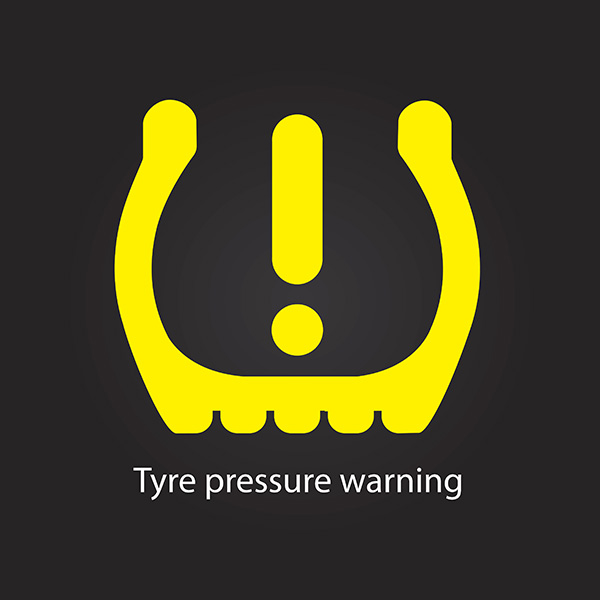
Seeing the Tire Pressure Monitoring System (TPMS) light flicker on is never a great feeling. Sometimes it is a simple reminder to add air. Other times, it is a sign of a slow leak or a sensor problem that needs attention. Either way, that light is there to protect tire life, fuel economy, and safety. Here is what it usually means and the most common reasons it appears. What the TPMS Light Means Your car monitors tire pressure through sensors at each wheel. When pressure drops roughly 25 percent below the recommended level, the warning light comes on. You might see a steady amber light, a flashing light at startup, or a message on the dash that calls out a specific tire. Even a small pressure drop can lengthen stopping distances, reduce traction in the rain, and cause uneven tire wear, so it is worth checking soon after the light appears. 1. Cold Weather or Temperature Swings Air contracts when temperatures fall. A chilly morning can lower pressure ... read more
Posted on 10/31/2025
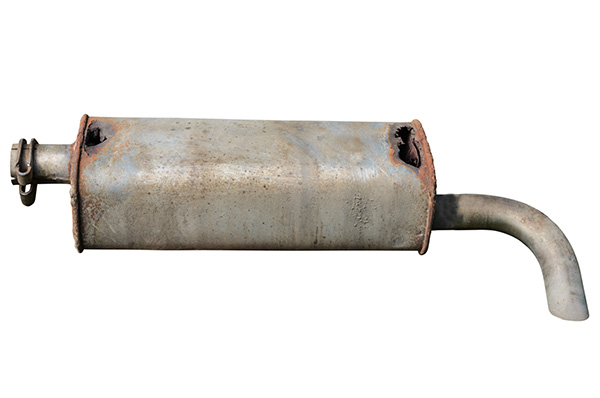
If you’ve noticed rust forming on your exhaust pipes or muffler, you may be wondering whether it’s something to fix or just ignore for now. While surface rust is often harmless, corrosion on the exhaust system can eventually affect performance, noise levels, and even safety. Deciding whether to repair or replace the affected parts depends on how severe the damage is and how long you plan to keep your vehicle. Here’s what to consider when dealing with exhaust corrosion and how to tell when a replacement is the better option. Why Exhaust Systems Rust Over Time The exhaust system is constantly exposed to heat, moisture, and road contaminants. Water vapor naturally forms inside the pipes as a byproduct of combustion. When that moisture lingers, especially on short drives where the exhaust never gets hot enough to burn it off, it starts to corrode the metal. In colder climates or near the coast, rust can develop faster due to salted roads or salty air ... read more
Posted on 9/26/2025
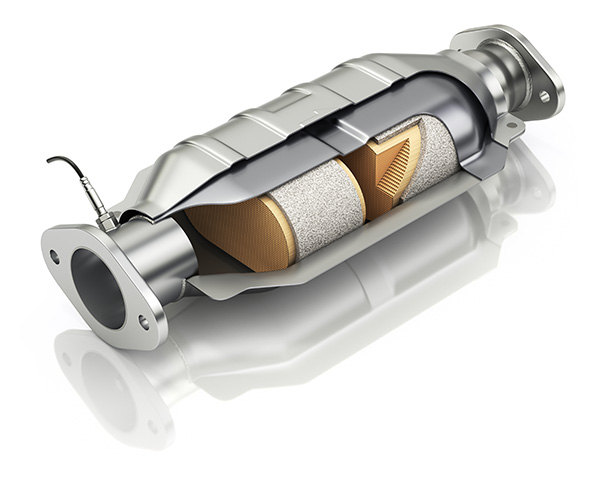
If you've noticed your car using more fuel than usual, but you haven’t changed your driving habits or routine, a hidden issue could be affecting your engine's performance. One often-overlooked culprit is the catalytic converter. This emissions control component plays a crucial role in keeping your vehicle running clean and efficient. When it becomes clogged or blocked, it can quietly rob you of fuel economy while creating strain on the rest of your engine. Let’s break down how this important part works, why it might become blocked, and what that means for your gas mileage. What the Catalytic Converter Actually Does The catalytic converter sits in your exhaust system and helps reduce harmful gases by converting them into less harmful emissions before they exit the tailpipe. It uses a chemical reaction involving precious metals like platinum and palladium to change pollutants like carbon monoxide, hydrocarbons, and nitrogen oxides into carbon dioxi ... read more
Posted on 8/29/2025
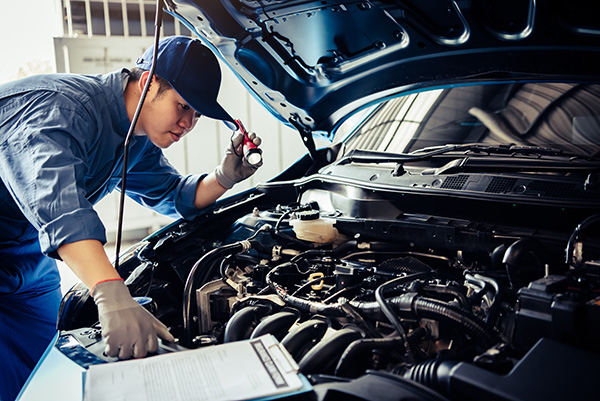
Buying a car, whether brand new or used, is an exciting experience. You finally have the keys in your hand and are ready to hit the road. But before you put too many miles on your new ride, it is important to take a few steps to protect your investment, ensure safety, and keep your vehicle running smoothly for years to come. Here are five things every driver should do right after buying a car. 1. Review the Owner’s Manual The owner’s manual is one of the most important resources for understanding your vehicle. It contains detailed information about recommended maintenance intervals, proper fluid types, tire pressures, and even the correct way to operate advanced features. Taking time to read through it helps you become familiar with your vehicle’s systems and ensures you know how to care for it properly. Skipping this step can mean missing out on important maintenance guidelines that could prevent future problems. 2. Schedule a Baseline M ... read more
Posted on 7/25/2025
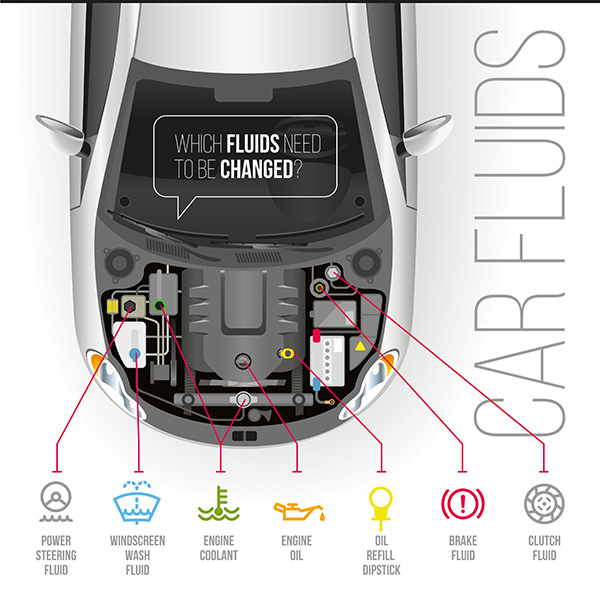
When it comes to keeping your vehicle running smoothly, most drivers know to check fluid levels regularly. But did you know that the condition of those fluids is just as important, if not more so, than simply ensuring they're full? From engine oil to brake fluid, the quality and health of these fluids play a crucial role in protecting vital components and ensuring safe, efficient operation. Why Fluids Matter Automotive fluids are responsible for cooling, lubricating, and transferring power throughout different systems in your car. Over time, these fluids degrade, pick up contaminants, and lose their protective properties. While maintaining the correct level is essential to prevent immediate failures (like running an engine dry), degraded fluids can cause gradual, expensive damage long before you notice a drop in level. Engine Oil: More Than Just Volume Engine oil lubricates moving parts, prevents overheating, and helps remove contaminants from ... read more
Posted on 6/27/2025
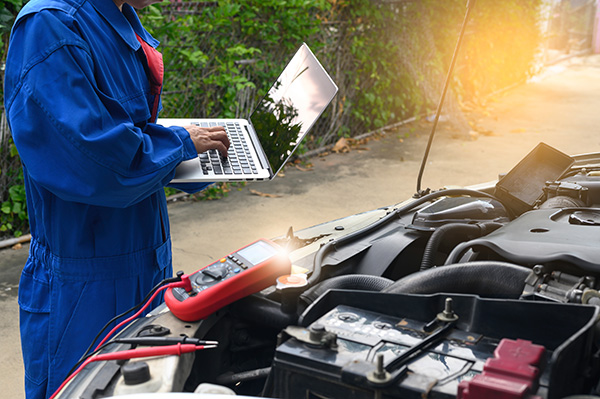
Modern vehicles are packed with sophisticated technology that monitors nearly every aspect of operation. From engine performance to airbag readiness, these systems constantly track what’s happening under the hood and beyond. When something goes wrong, your car often tells you with a warning light, unusual behavior, or a loss of power. That’s where computer diagnostics come into play. What Are Computer Diagnostics Computer diagnostics refers to the process of using specialized tools to interface with a car’s onboard computer systems. These tools, often called scan tools or diagnostic scanners, read trouble codes stored in the vehicle’s computer (also known as the ECU or ECM). When a warning light like the check engine light comes on, the computer logs a diagnostic trouble code (DTC) related to the issue. These codes point technicians in the right direction, allowing them to begin investigating what’s wrong. But diagnostics go far beyond ... read more
Posted on 5/30/2025

It’s tempting to slide on a pair of flip-flops and hit the road during the warmer months, especially in places like Madison, where summer weather invites everyone out for a drive. But just because flip-flops are comfortable doesn’t mean they’re safe behind the wheel. In fact, they’re one of the most dangerous types of footwear to drive in. Flip-flops are loose, flimsy, unlike proper driving shoes, and can easily interfere with how you control the pedals. What seems like a harmless choice can quickly lead to a scary situation if your shoe slips, catches on something, or delays your response in an emergency. Here’s why it matters and what you should consider next time you get behind the wheel. Flip-Flops Can Slip Off Easily The biggest issue with flip-flops is that they don’t stay securely on your feet. There’s no back strap, no heel support, and minimal structure overall. That means your foot can easily slip out while switchi ... read more
Posted on 4/25/2025

If you’re shopping for a truck or trying to figure out what yours is truly capable of, you’ve probably come across terms like light-duty and heavy-duty. At first glance, the distinction might seem simple—light-duty trucks are for lighter tasks, and heavy-duty trucks are for bigger jobs. But there’s more to it than just size or towing numbers. Understanding what separates these two classes of trucks is important if you’re planning to haul, tow, or even just choose the right vehicle for everyday use. From frame strength to engine power, light-duty and heavy-duty trucks are built for very different purposes. What Is a Light-Duty Truck Light-duty trucks—like the Ford F-150, Ram 1500, or Chevy Silverado 1500—are the most common pickups on the road. They’re designed to balance towing capability, ride comfort, and fuel efficiency. Most people choose them for daily driving, home improvement projects, recreational towing (like ... read more
Posted on 3/28/2025
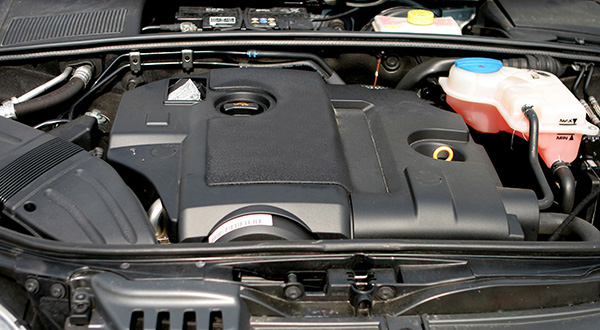
A rough idle can be frustrating, especially when you’re stopped at a red light or waiting in a parking lot. Instead of a steady, smooth hum, your engine may sputter, shake, or even feel like it’s about to stall. There are many possible causes of rough idling, from minor issues to more serious engine problems. Understanding why it’s happening can help you figure out if it’s something simple or if you need professional repair. Common Causes of a Rough Idle A rough idle can stem from several different issues, ranging from fuel system problems to worn-out engine components. Some of the most common causes include: Dirty or Faulty Spark Plugs Spark plugs ignite the air-fuel mixture in your engine’s cylinders. Over time, they can become dirty, worn out, or misfiring, which leads to uneven combustion. This can cause your engine to shake or stumble when idling. If your vehicle hasn’t had a tune-up in a while, replacing the ... read more
Posted on 2/28/2025

Car trouble always seems to happen at the worst possible time. Maybe you're running late for work, heading out on a long drive, or just trying to get through your day when—bam!—your car won’t start, or something starts making an unusual noise. While some breakdowns happen without warning, many can be prevented with the right maintenance and care. Keeping your car in good shape doesn’t just save you from unexpected repairs—it also makes your vehicle safer and more reliable. So, what can you do to avoid being stranded on the side of the road? Stay on Top of Regular Oil Changes Oil is the lifeblood of your engine. It lubricates moving parts, reduces friction, and helps regulate temperature. When oil gets dirty or runs low, it loses its ability to protect your engine, leading to excessive wear and potential breakdowns. Every car has a recommended oil change interval, usually found in the owner’s manual. While older vehicles needed ... read more